Hallmarks (body, lid and legs)
• 1er coq 1er titre (French mark for solid silver 950/1000 used in Paris betwenn 1798 and 1809)
• Association des orfèvres with number 1.
• Garantie de Paris.
• Master goldsmith : LJMB une fleur de muguet for Louis-Joseph MILLERAUD-BOUTY.
Gross weight: 300 grams; net weight: 280 grams.
Condition report: wear from time to carving, an old restoration at the level of the thumb rest attachment at the back (visible in the detailed photographs), an integral part of the life of the object but taken taken into account in setting the price.
A jug identical to ours, by Louis-Joseph BOUTY, is kept at the Philadelphia Museum of Arts[1].
[1] PHILADELPHIA MUSEUM OF ART, Philadelphia, Coffee pot, silver 1st rooster, Paris c.1798. Inv. 1946-33-7.
MILLERAUD-BOUTY
Louis-Joseph BOUTY, known as MILLERAUD-BOUTY, is a Parisian goldsmith born in 1733. He was received as a master in Paris on January 23, 1779, guaranteed by the goldsmith Nicolas CHEVALLIER. On January 30, 1779, he had his hallmark inscribed: a crowned fleur-de-lys, two grains, LJMB, a star. Louis-Joseph BOUTY was first installed on rue Saint-Eloi, then rue de la Juiverie between 1788 and 1791, and finally at 47, quai de l'Horloge. There are traces of his work until 1810, he is mentioned in the Almanach Azur of 1812. Certain models by Louis-Joseph BOUTY are reproduced in Le Cabinet des Modes ou Modes Nouvelles, editions of March 1 and 15, 1786.
MUSEUMS AND PUBLIC INSTITUTIONS
• PETIT PALAIS, MUSÉE DES BEAUX-ARTS DE LA VILLE DE PARIS, Paris, Plateau, silver, Paris, 1781-1782, inv. ODUT1467(C).
• PETIT PALAIS, MUSÉE DES BEAUX-ARTS DE LA VILLE DE PARIS, Paris, Sucrier et son couvercle, silver, Paris, 1785-1786, inv. ODUT1467(A-B).
• ÉGLISE, Candé, Plateau à burettes, silver, Paris, 1787, classified as Monument Historique the 25 january 1977.
• METROPOLITAN MUSEUM OF ART, New York, Sugar bowl with cover, silver, Paris, 1785-1787, inv. 48.187.71a, b.
• PHILADELPHIA MUSEUM OF ART, Philadelphia, Coffee pot, silver 1er coq, Paris c.1798. Inv. 1946-33-7.
BIBLIOGRAPHY
• BOIVIN J., Les Anciens orfèvres français et leurs poinçons, Paris, 1925.
• DOUËT S. P., Tableau des symboles de l’orfèvrerie de Paris, 1809.
• NOCQ H., Les orfèvres de Paris, 1926.
• PERON A., Tableau des fabricans en matière d’or, d’argent… 1804.
• Almanach Azur 1811 et 1812.
• Almanach du commerce 1806.
• Archives de la Garantie, Paris, pl. d’insculp. n°2.
• Archives de la Garantie, Paris, registre d’insculp. 1820 to 1840.
• Cabinet des modes, ou les Modes nouvelles, décrites d’une manière claire & précise & représentées par des Planches en Taille-douce, enluminées, huitième cahier, 1er mars 1786.
• Cabinet des modes, ou les Modes nouvelles, décrites d’une manière claire & précise & représentées par des Planches en Taille-douce, enluminées, neuvième cahier, 15 mars 1786.


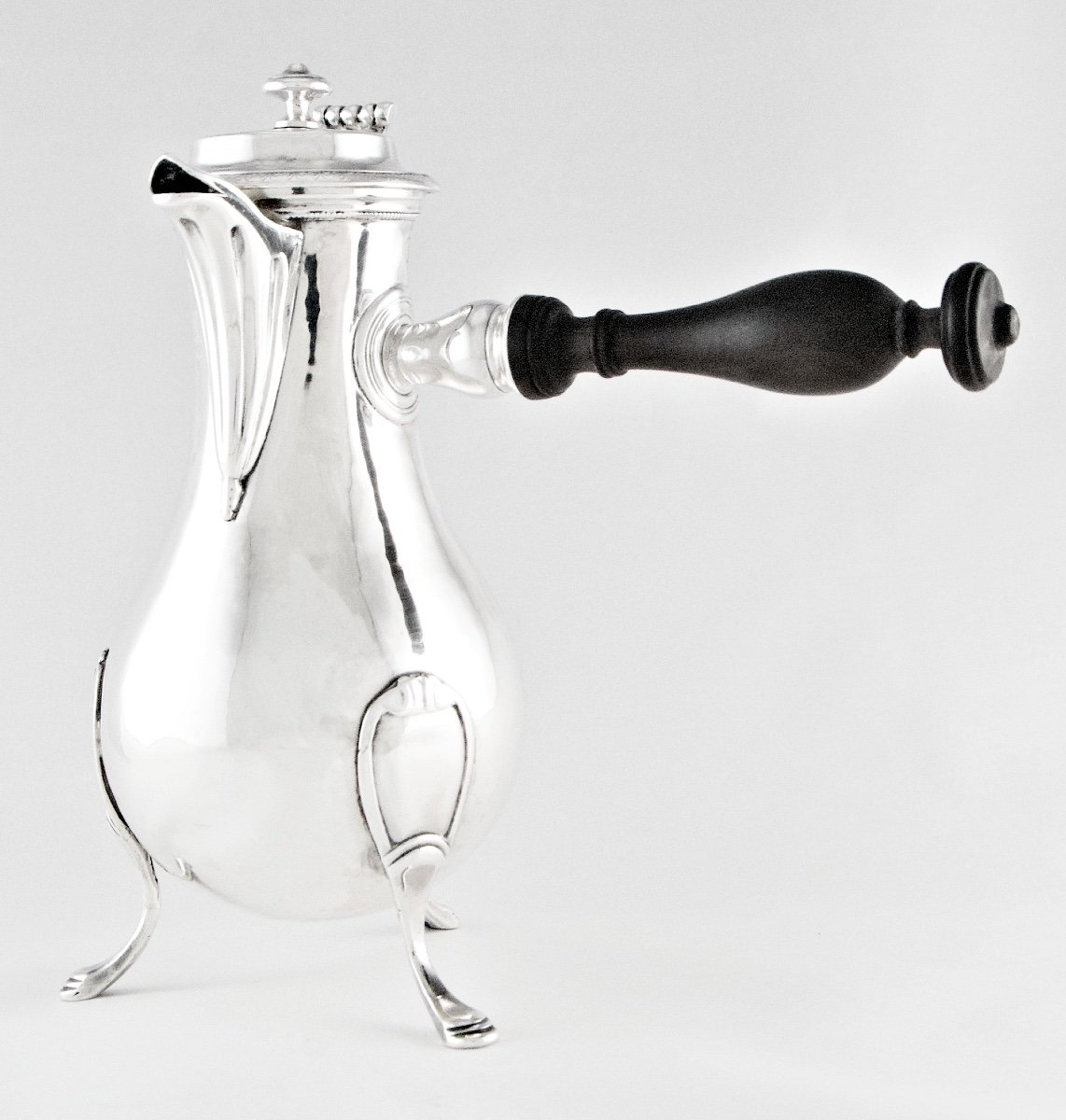
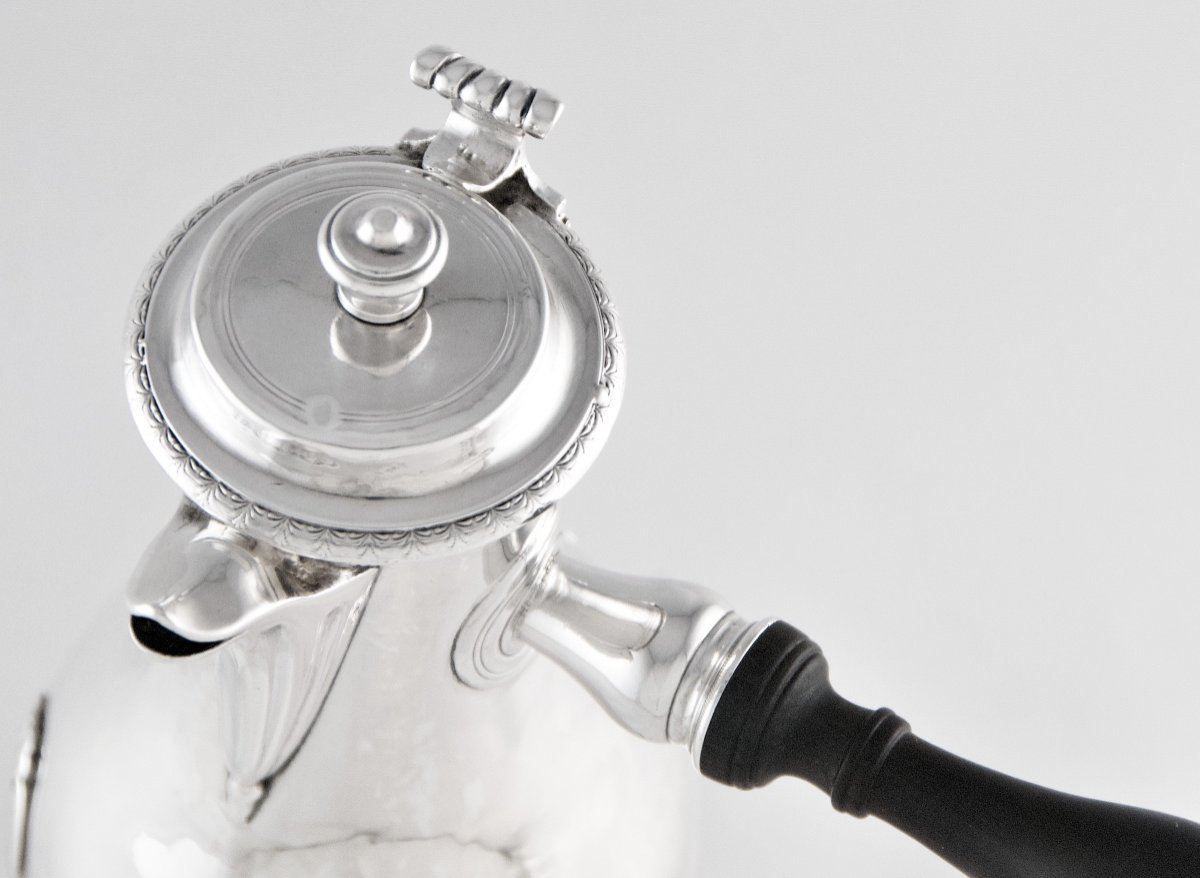
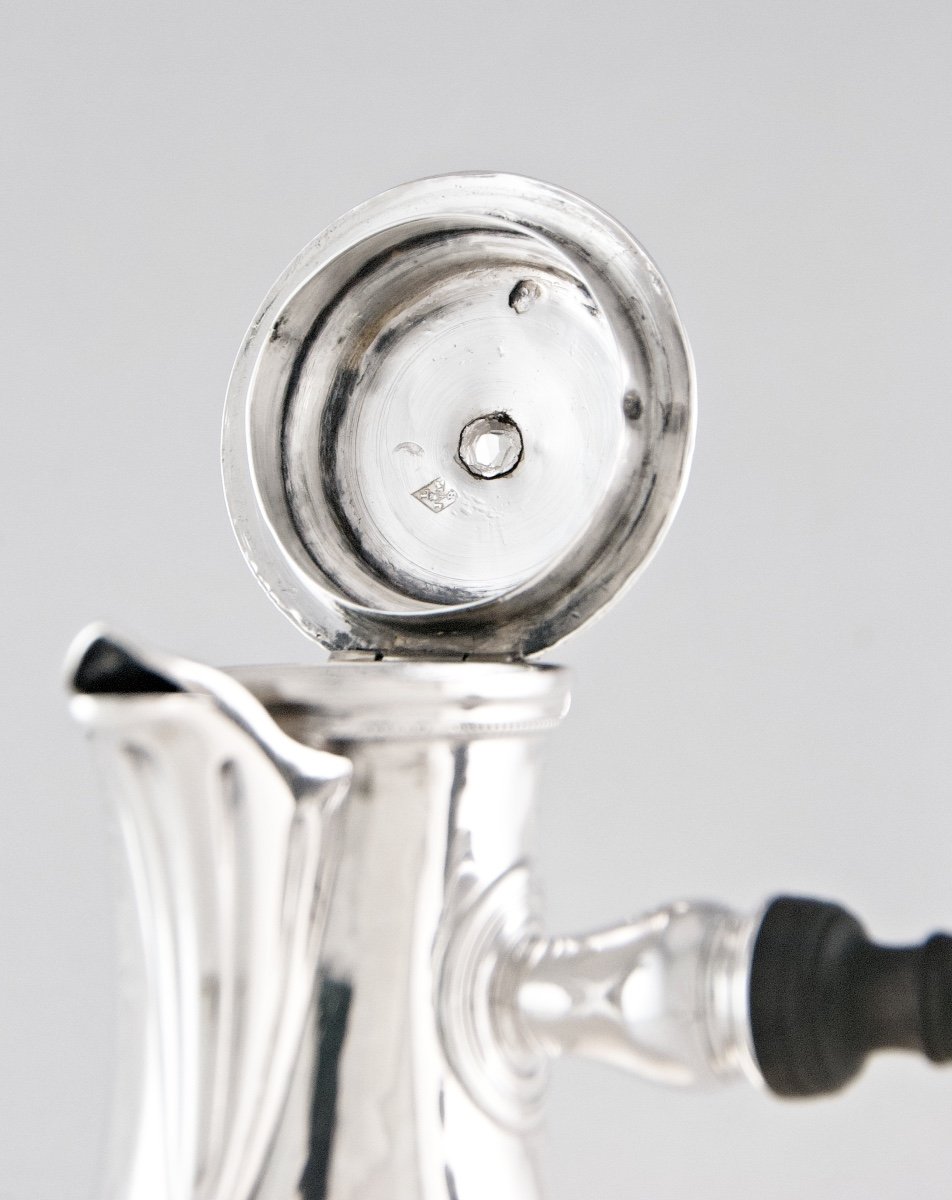
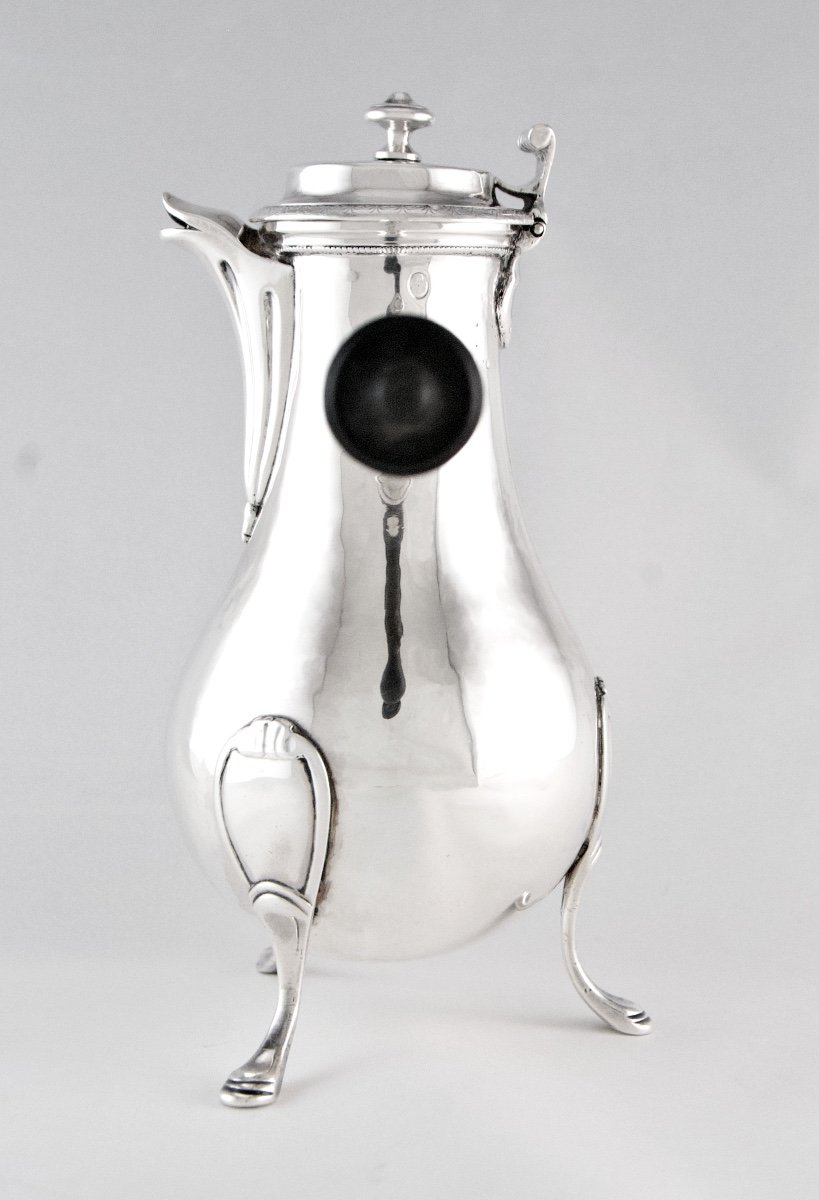
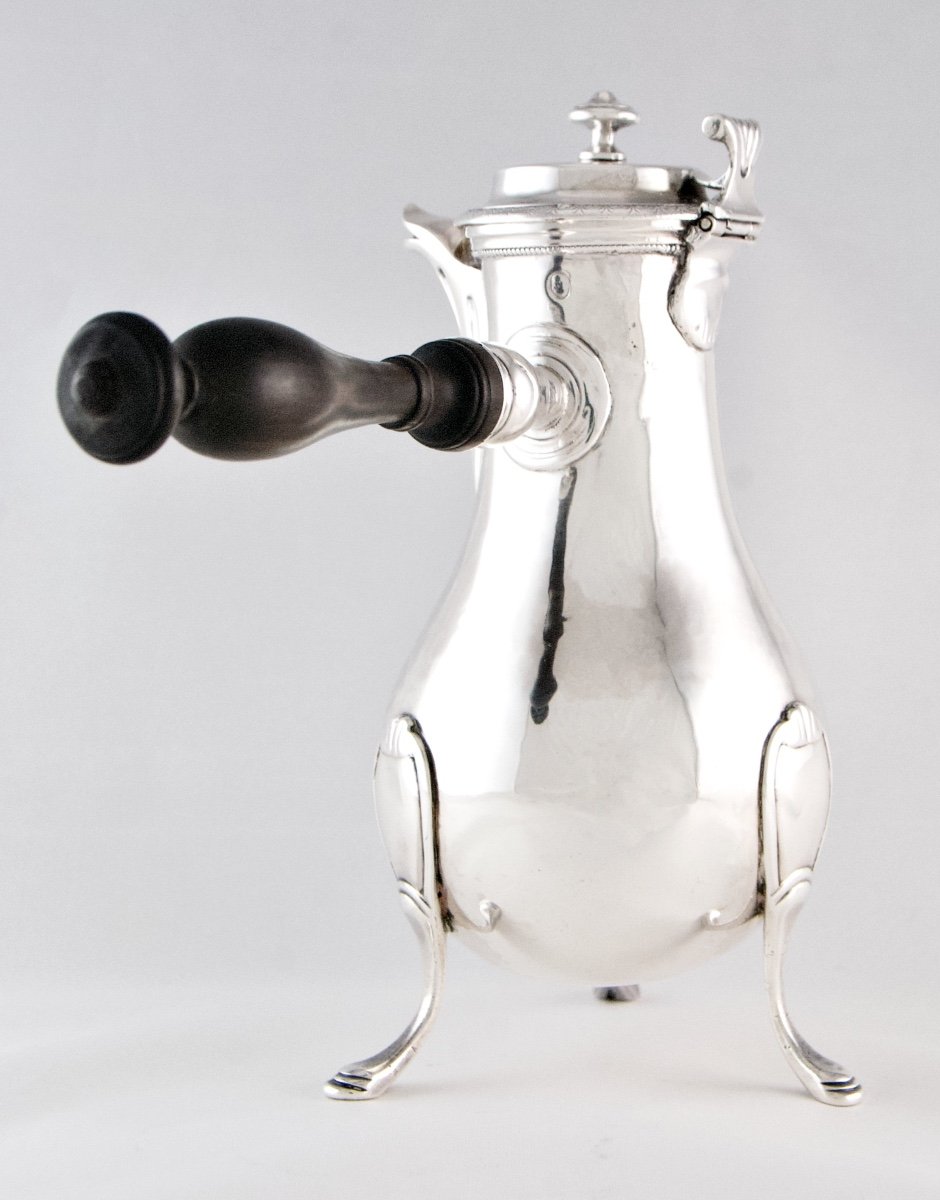
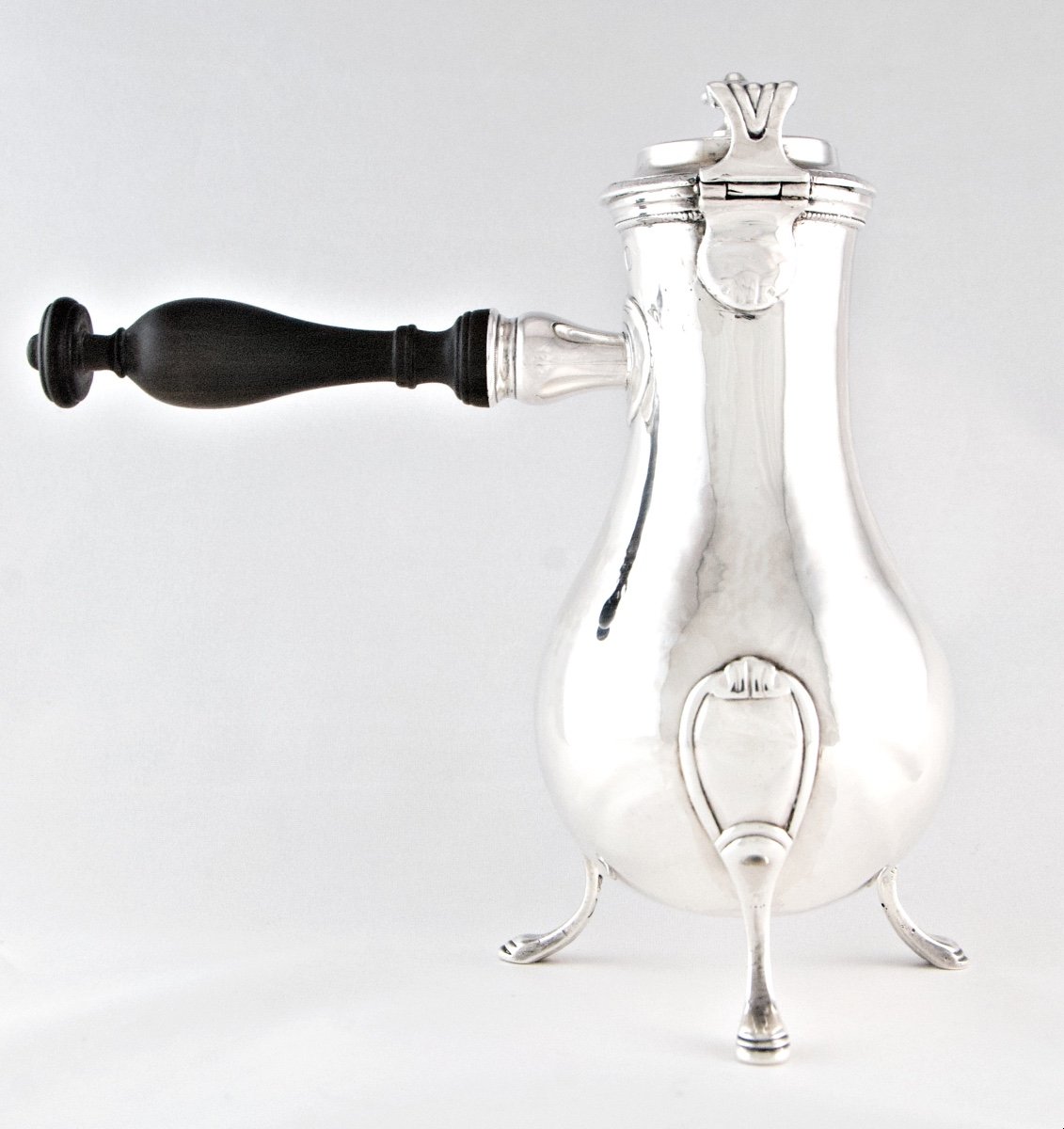
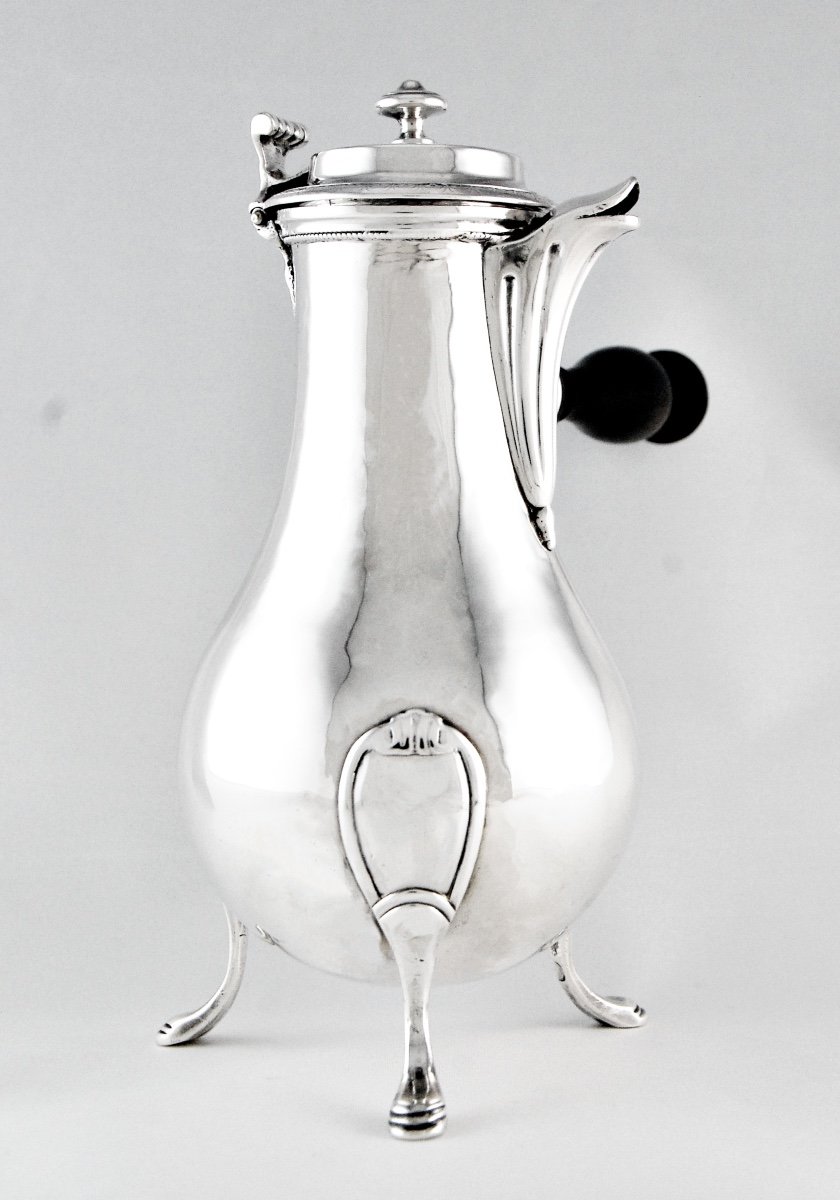
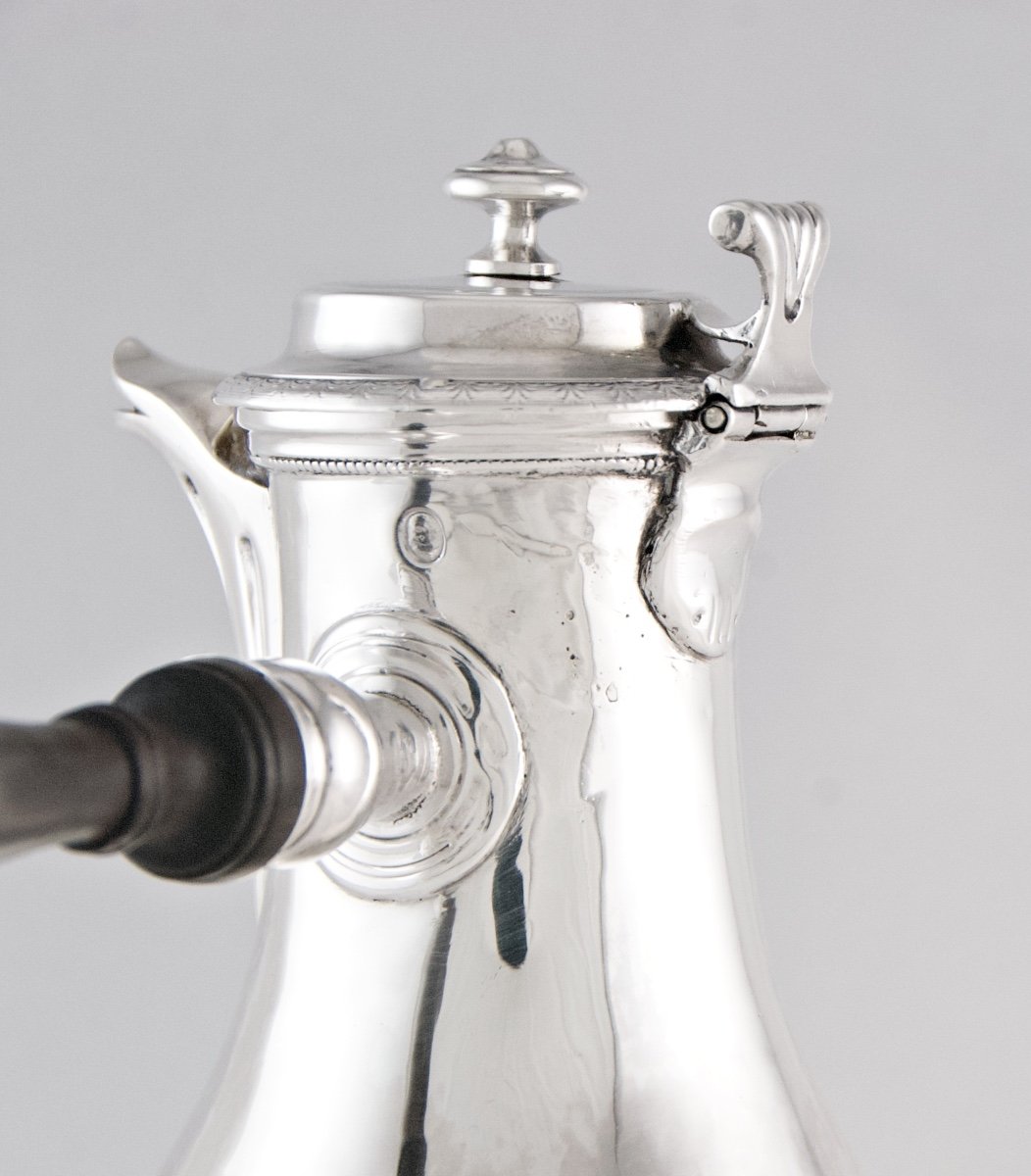
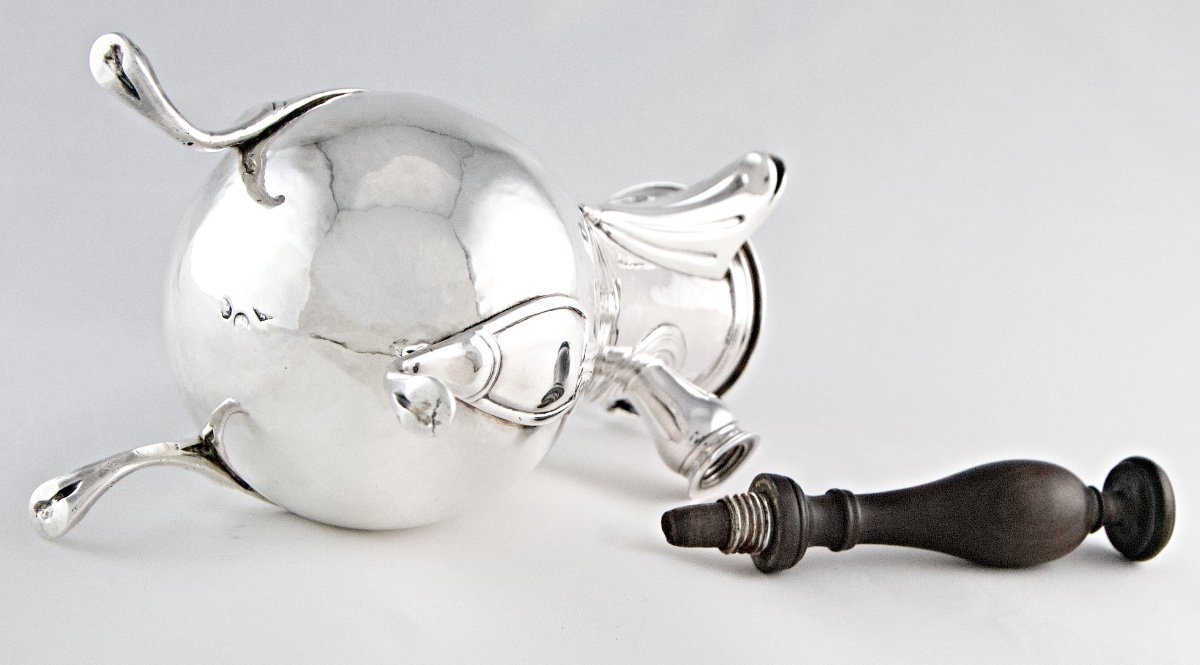
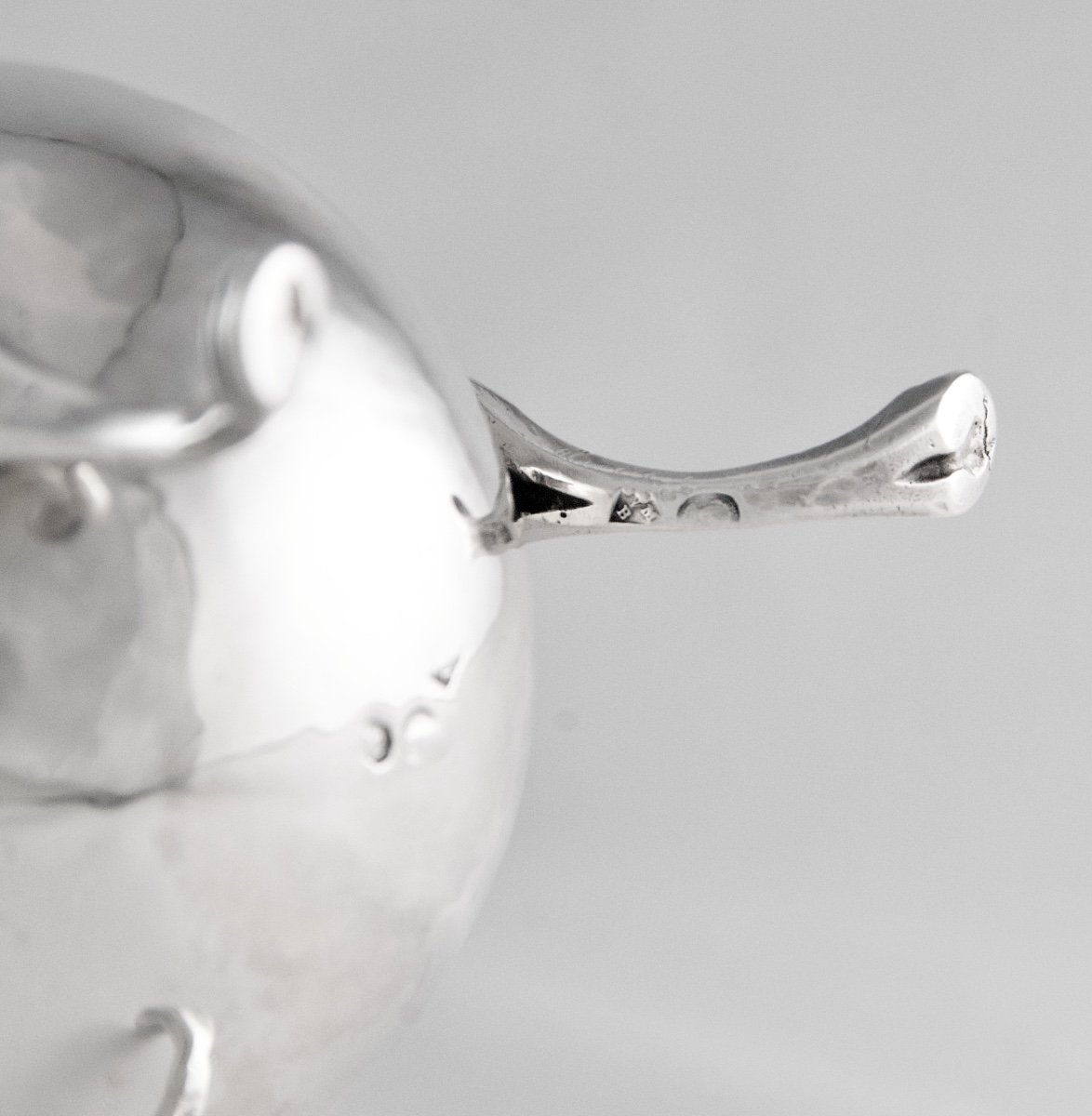
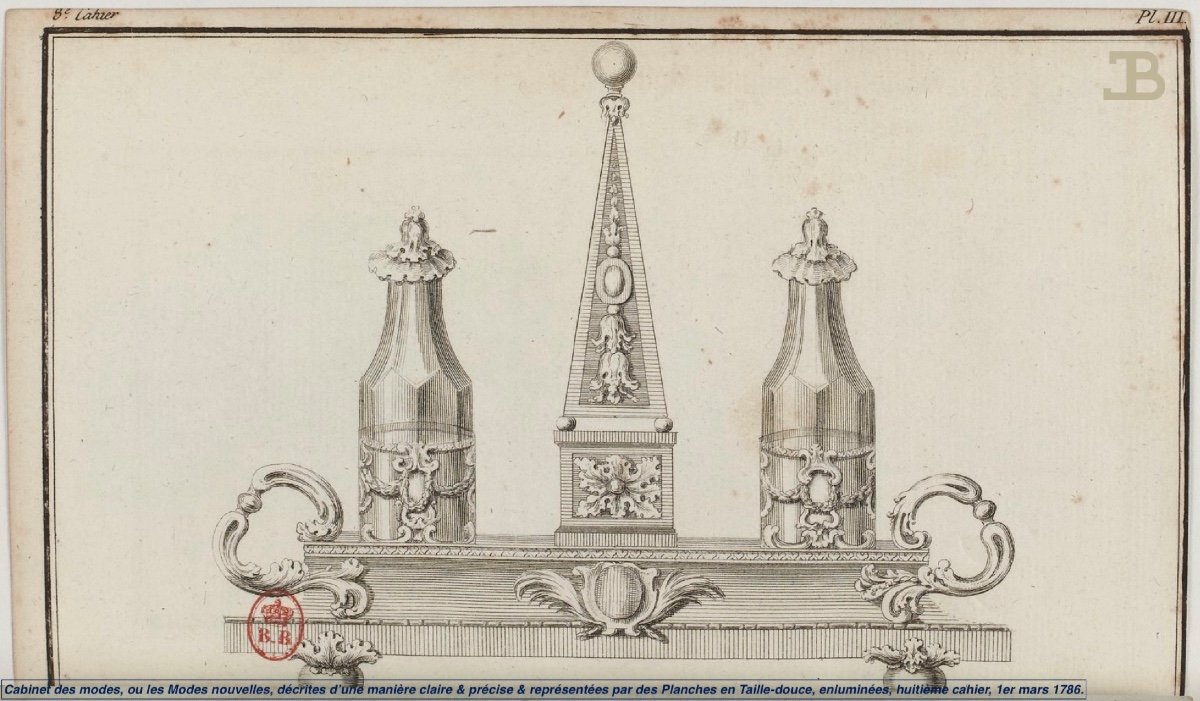
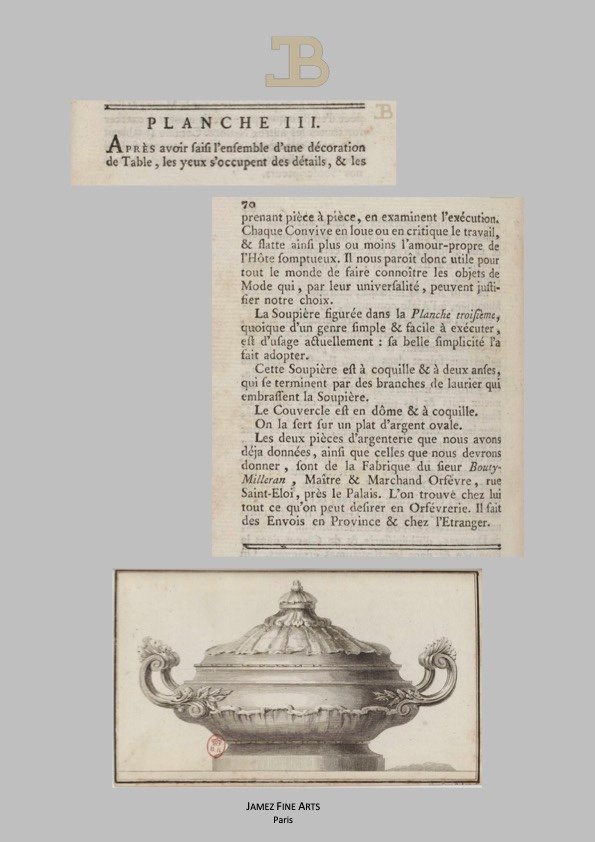















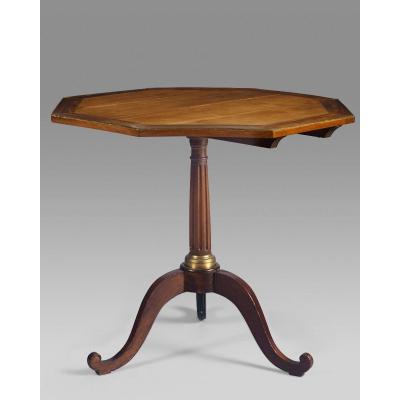
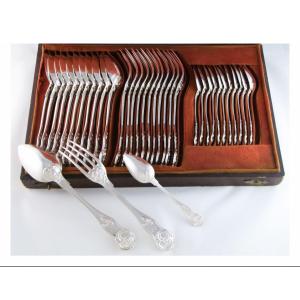


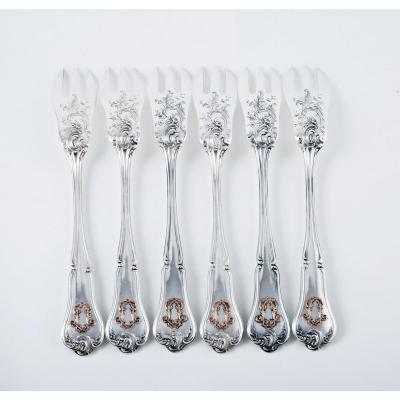



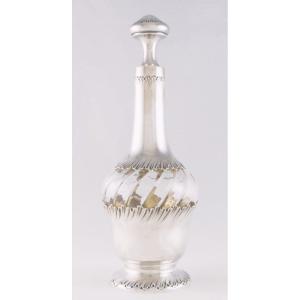



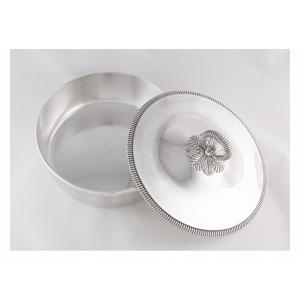

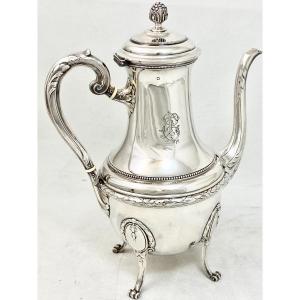
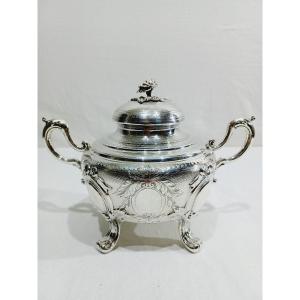
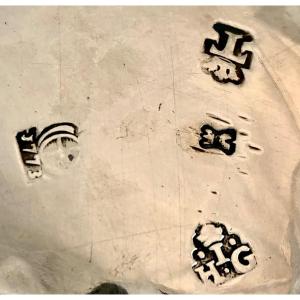





 Le Magazine de PROANTIC
Le Magazine de PROANTIC TRÉSORS Magazine
TRÉSORS Magazine Rivista Artiquariato
Rivista Artiquariato